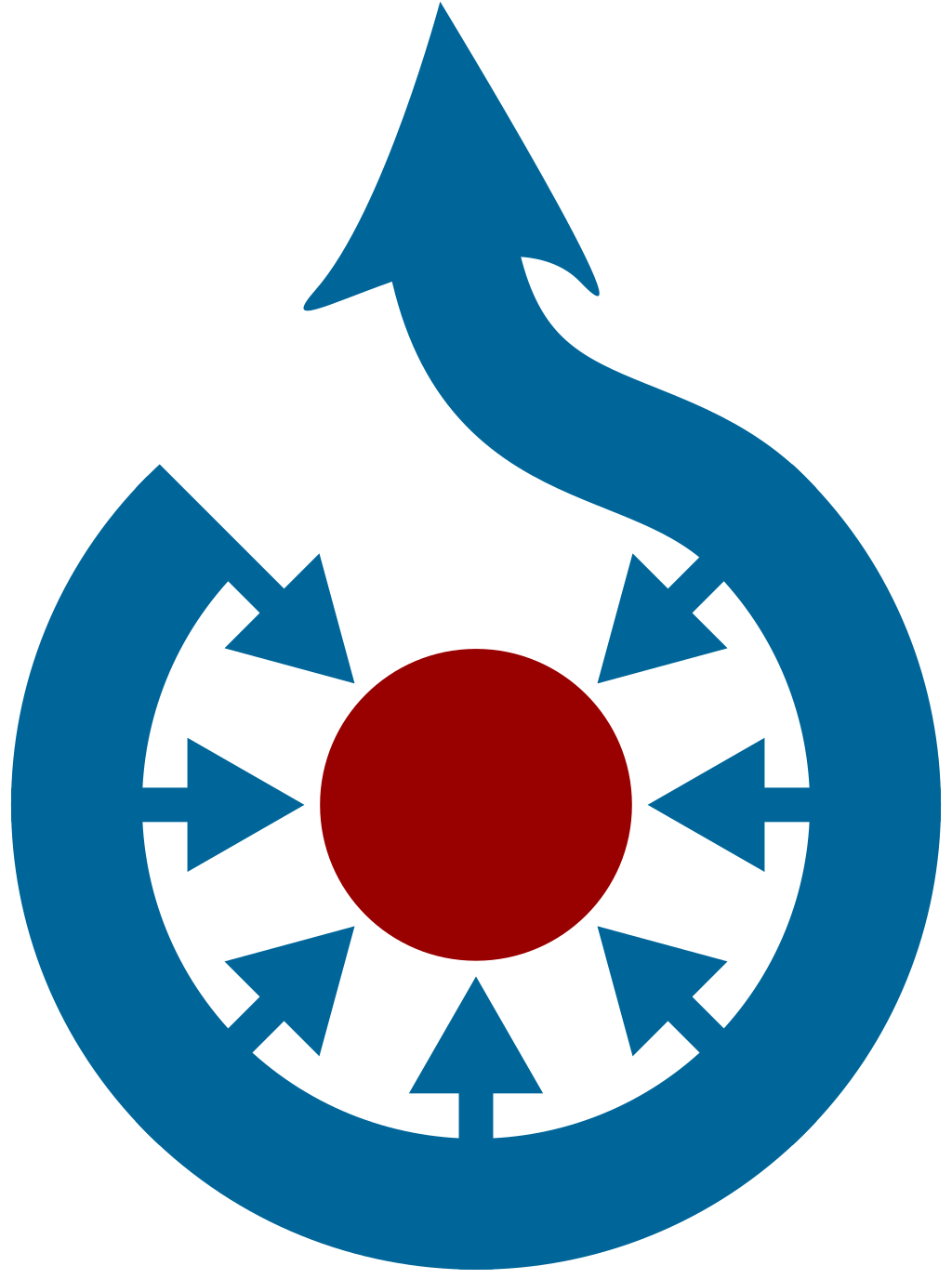
Flower Garland and Gilded Bowl of Fruit
Artist/Maker
Material / Technique
Dimensionsh x w: Mått 85 x 70 cm h x w x d: Ram 107 x 92,3 x 8 cm d: Ram [med hänge] 10,2 cm
Inventory numberNM 676
AcqusitionGift 1864 Count Lars E. von Engeström
Other titlesTitle (sv): Blomsterfeston och förgylld fruktskål Title (en): Flower Garland and Gilded Bowl of Fruit
DescriptionCatalogue raisonné: Description in Flemish paintings C. 1600-C. 1800 III, Nationalmuseum, Stockholm, 2010, cat.no. 226: Technical notes: The painting’s original support, a single piece of regular, plain weave, single-threaded fabric, with a weave count per cm of 12 horizontal and 10–12 vertical threads, has been lined. The texture of the fabric support is apparent in the surface of the painting, its appearance emphasized as a result of the lining process. The original tacking edges have been cropped, and the painting is attached to a non-original stretcher at the tacking edges of the lining fabric. The support was prepared with a thick, evenly applied, light brown (double?) ground. Paint was applied very thinly in the dark greyish background, barely covering the light brown ground layer in many places, as between the flowers in the garland at lower centre. Impastos were used in the highlights on the fruit, leaves and gilded bowl at the top, in the whites and yellows of the flowers in the garland. Strong impastos were also used to create texture in individual flowers and fruit, in the pears at the top and the large pink roses at the lower centre. The edges of the petals of the white lilies at the centre, and of the leaves of the orange blossoms at the lower right, were built up in relief using a full brush. The pink roses and reddish orange briar roses were glazed with a translucent deep red lake. Pentimenti occur in the form of slight enlargements or adjustments of contour in a few blooms, for example, in the pink roses at lower left and reddish orange briar roses at lower right, in which some petals were painted over the dark background. The painting is in good condition. A thick layer of discoloured old varnish is present. Abrasion is moderate overall. The paint surface has been flattened through the lining process. Retouching covers repaired losses of the paint and ground layers along the edges, especially at the right, bottom and left. Scattered small retouches are visible in ultraviolet fluorescence in the foreground ledge, the garland flowers and in the gilded bowl, pears, grapes and leaves at the top. The probable fading of the red glazes in the large pink roses and the reddish orange briar roses at the lower left could account for their somewhat undefined appearance. The painting underwent conservation treatment in 1924 and 1988. Provenance: Coll. Bentzelstjerna-V. Engström; donated by Lars E. von Engeström in 1864 Exhibited: Stockholm 2007, no. 62. Bibliography: Sander IV, p. 132, no. 12; NM Cat. 1867, p. 49; NM Cat. 1883, p. 66; Göthe 1887, pp. 279–280; Göthe 1893, pp. 336–337; NM Cat. 1958, p. 209; Hairs 1985, pp. 412, 505; NM Cat. 1990, p. 369; Willigen and Meijer 2003 p. 203. The oeuvre of Gaspar Pieter Verbruggen II was more extensive and varied than his father’s. He painted both large and small canvases with motifs that ranged from traditional vases of flowers to cartouches with various types of garlands. His compositions tend to be decorative in character, which also agreed with contemporary fashion. The Nationalmuseum’s painting, donated to the museum in 1883 by Lars E. von Engeström, belongs to this category. It depicts a garland of flowers around a cartouche which is surmounted by a vase with pears and grapes. GCB [End]
Motif categoryStill life
Collection
TechniquePainting
Object category
Keyword









